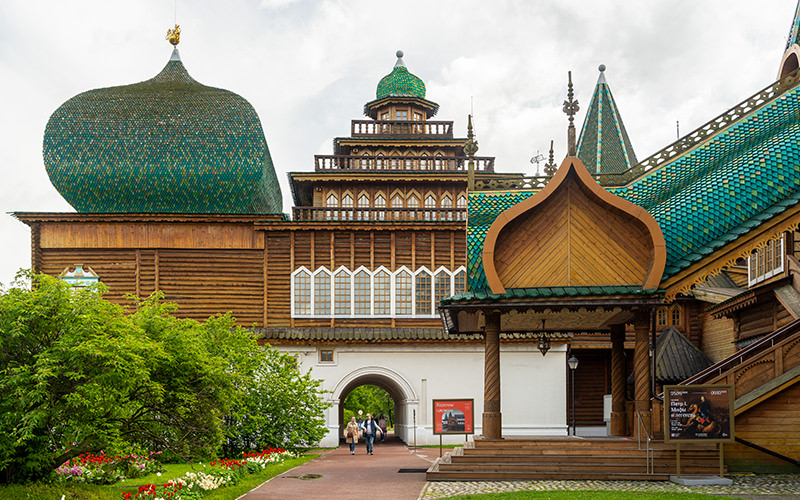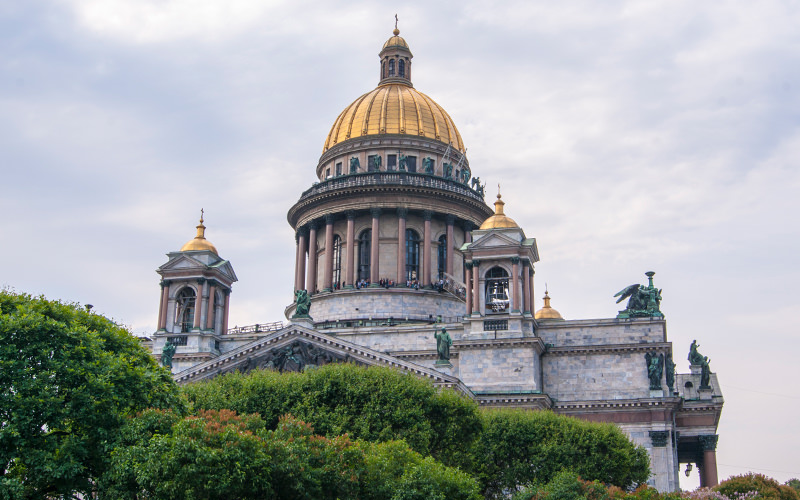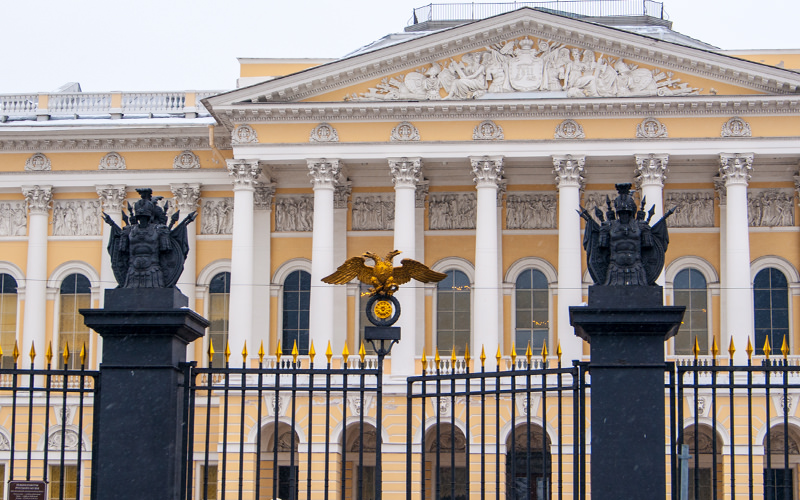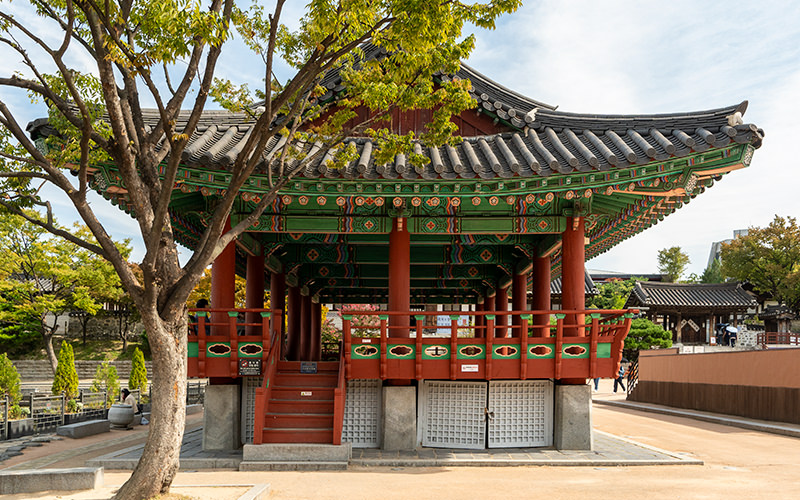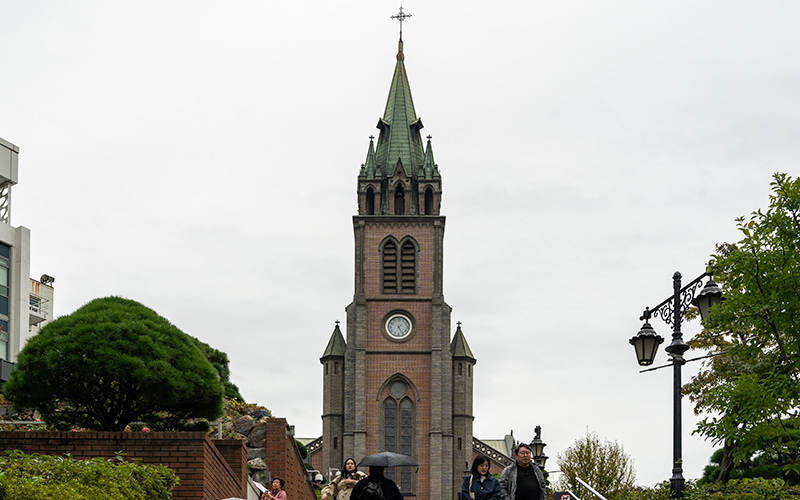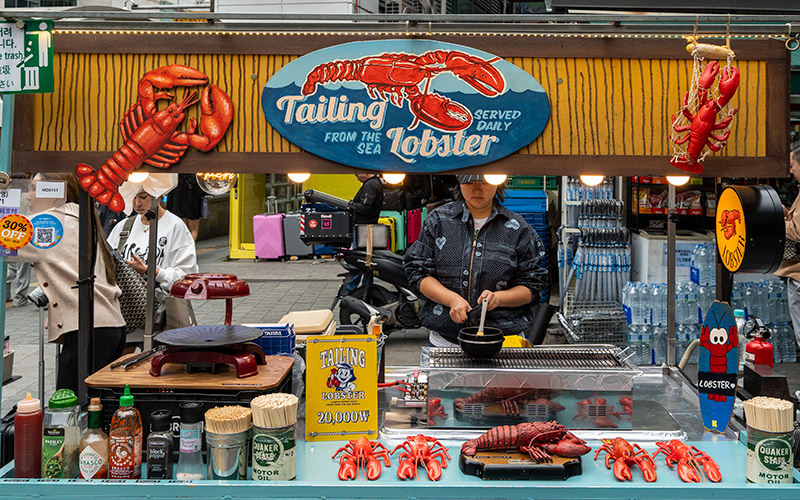The Seoul Tower, also known as Namsan Seoul Tower or N Seoul Tower, is considered a symbol of the South Korean capital. Thanks to its location on the highest point in the city, it can be seen from many corners of the metropolis. And if you decide to hike up to it, you’ll get the chance to see Seoul from several hundred meters above the ground.
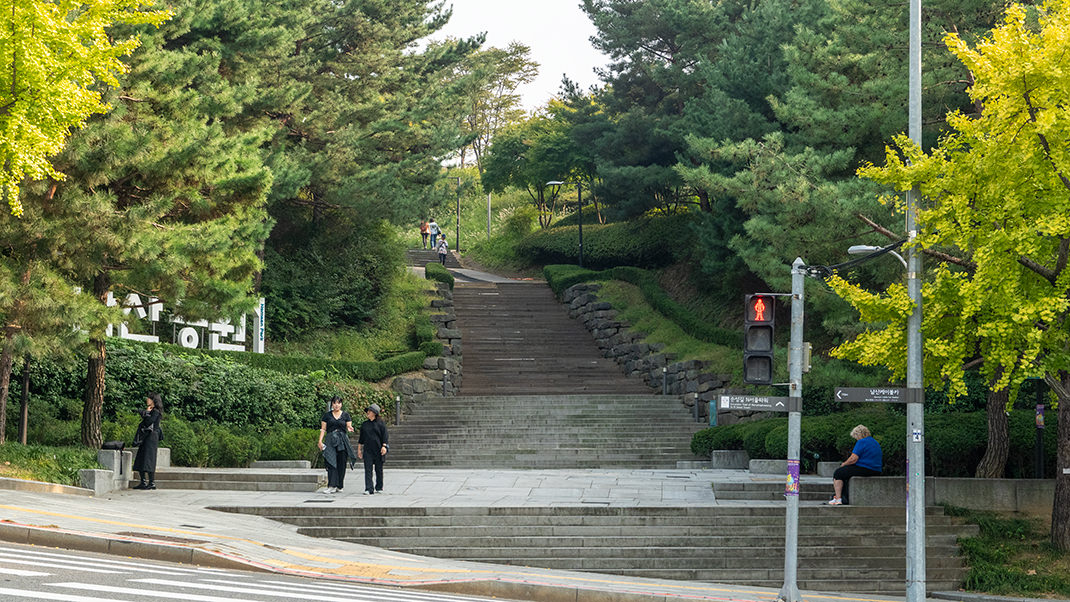
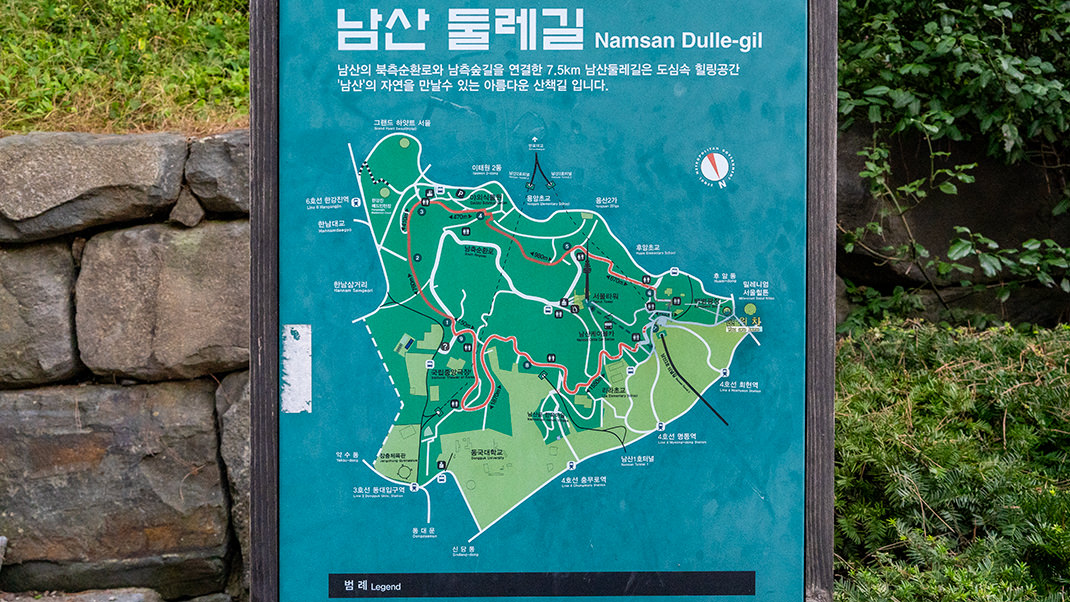
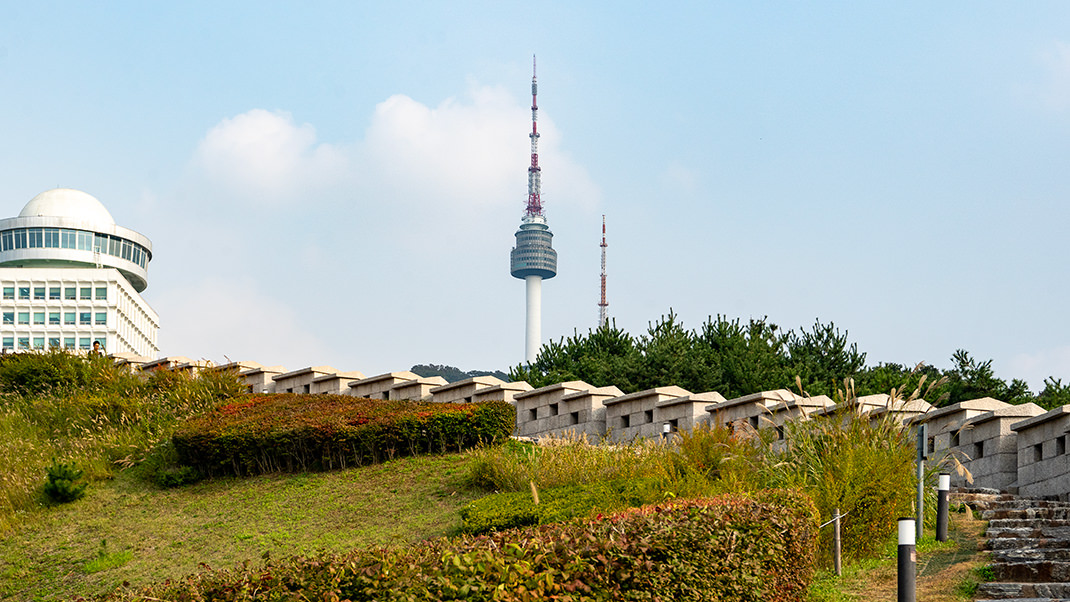
Climbing to the Seoul Tower
Travelers have several options to reach Namsan Mountain, where the tower is located: you can take a bus, ride the cable car, or go on foot. As usual, I chose the most challenging but interesting option and decided to hike to the base of the tower on my own.
My route started from this point. The path followed a well-maintained pedestrian trail. A relatively gentle walk gradually turned into numerous staircases and steeper climbs. Along the way, visitors can see a small exhibit of the city wall remnants discovered during excavations in 2013–2014.
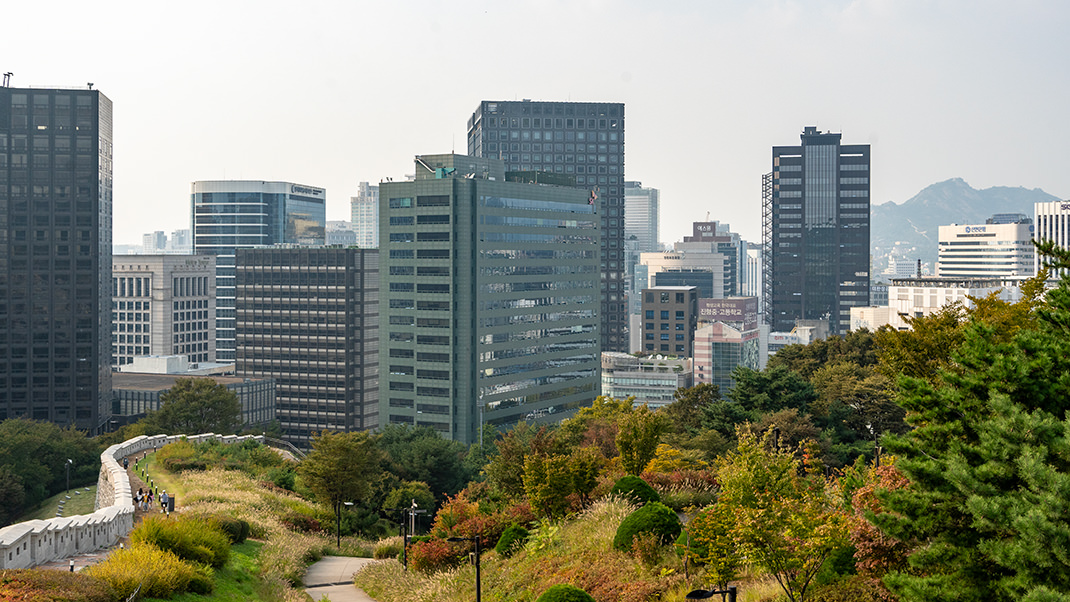
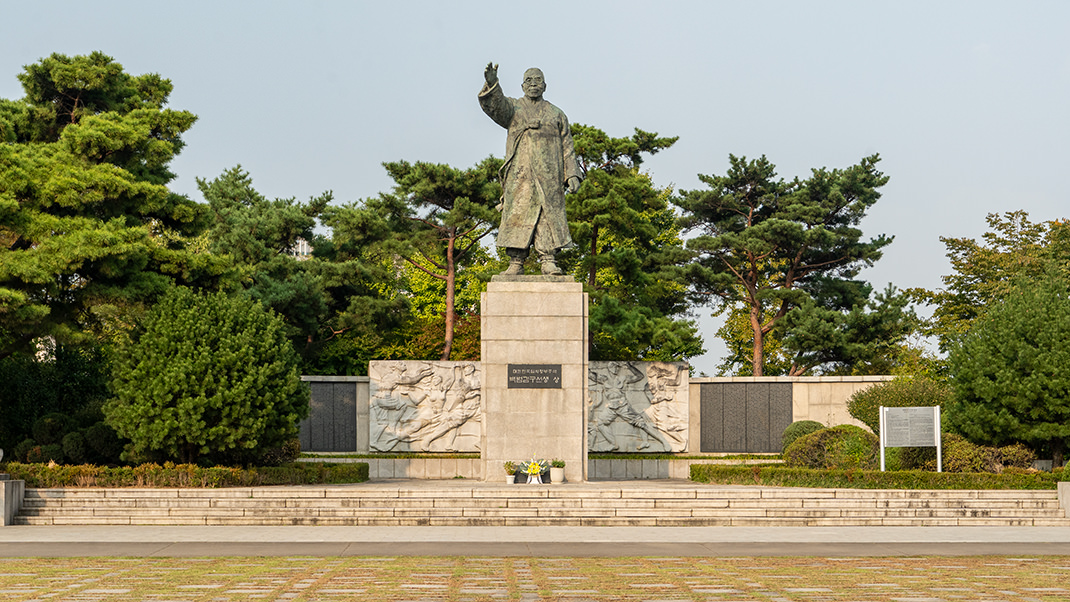
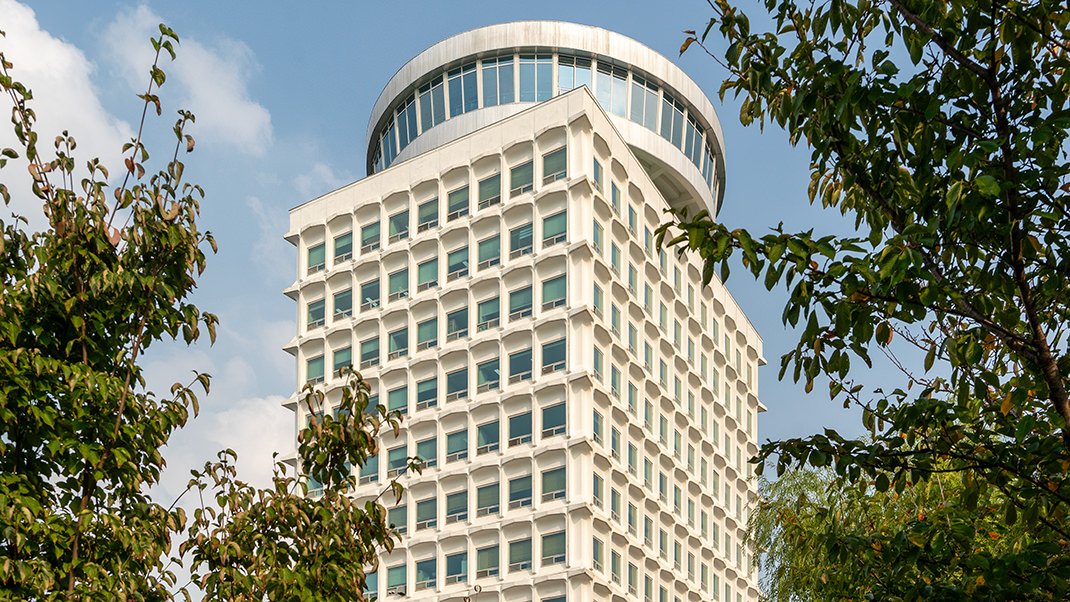
I also passed the upper station of the cable car. As of late May 2025, a one-way adult ticket costs 15,000 won. On the day of my walk, there was a long queue for the descent — probably even more people were lined up to go up.
The Seoul Tower stands on 243-meter-high Namsan Mountain. The tower itself is 236.7 meters tall, making it one of the highest structures of its kind in Asia. It was built between 1969 and 1971 and opened to visitors in the early 1980s.
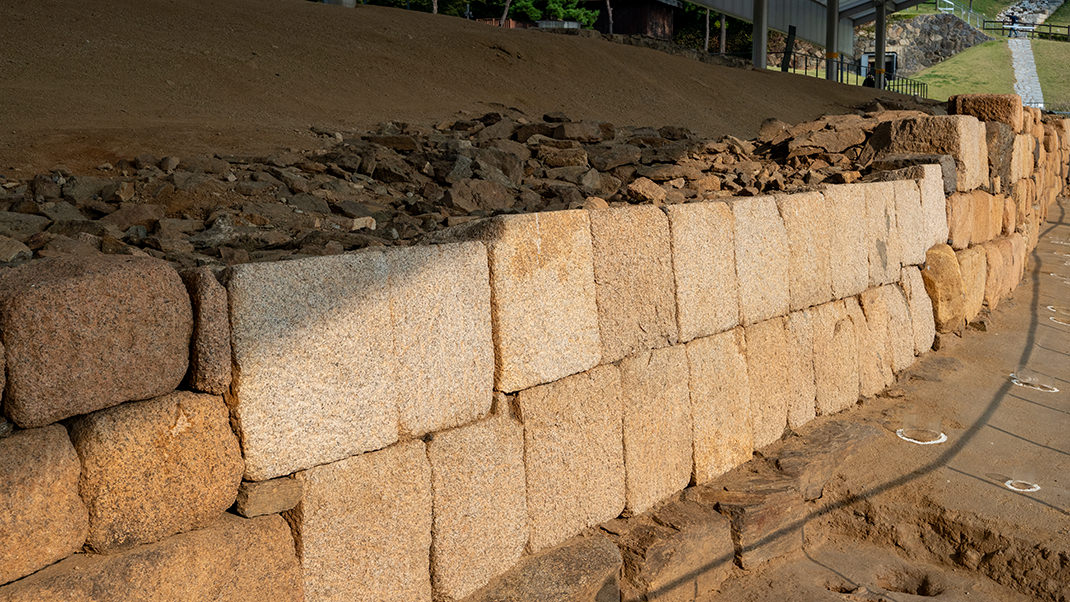
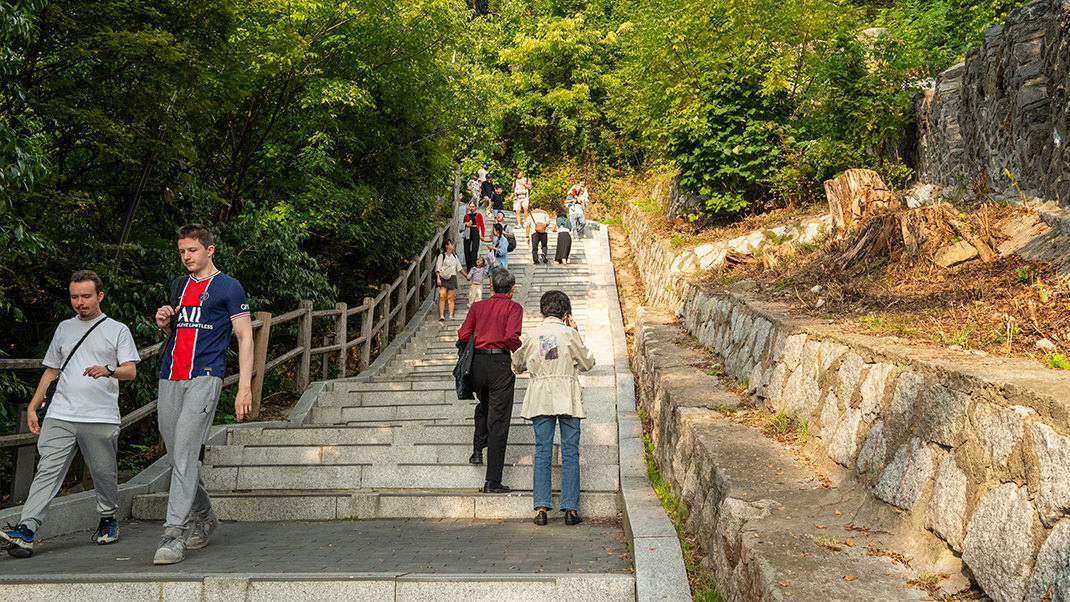
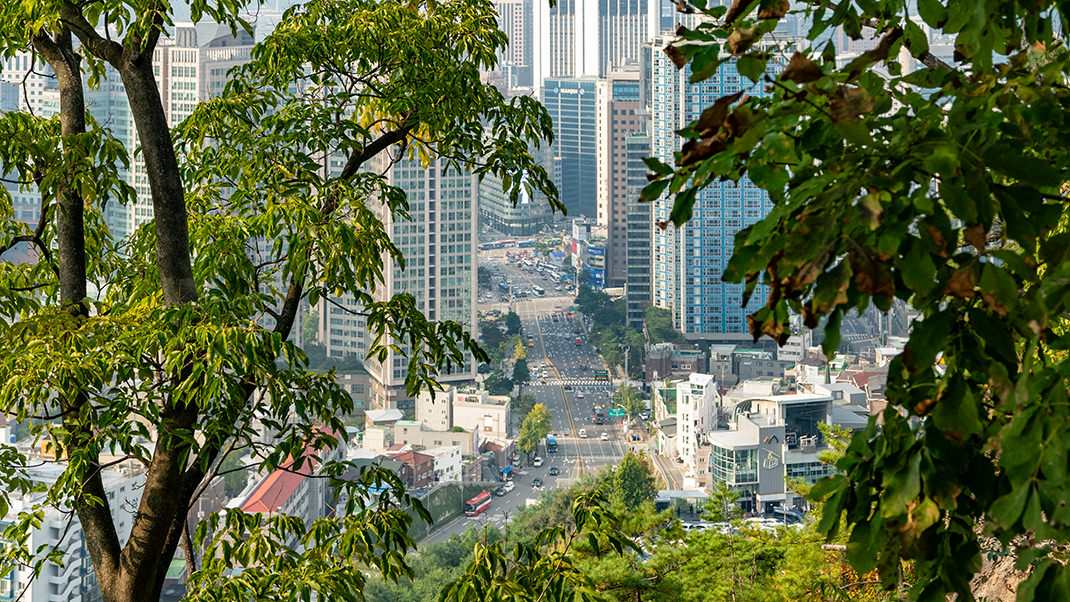
As with other broadcast towers, Seoul Tower has several observation decks. The site also includes souvenir shops, an interactive exhibit called “Inside Seoul,” and a few restaurants serving Italian, Korean, and French cuisine. Admission to the tower for adults is 26,000 won. You can also go up for free if you make a reservation at one of the tower’s restaurants — n.Grill or Hancook.
I didn’t go up the tower itself and was satisfied with the views from several open-air observation points I passed on the way to the base of the structure.
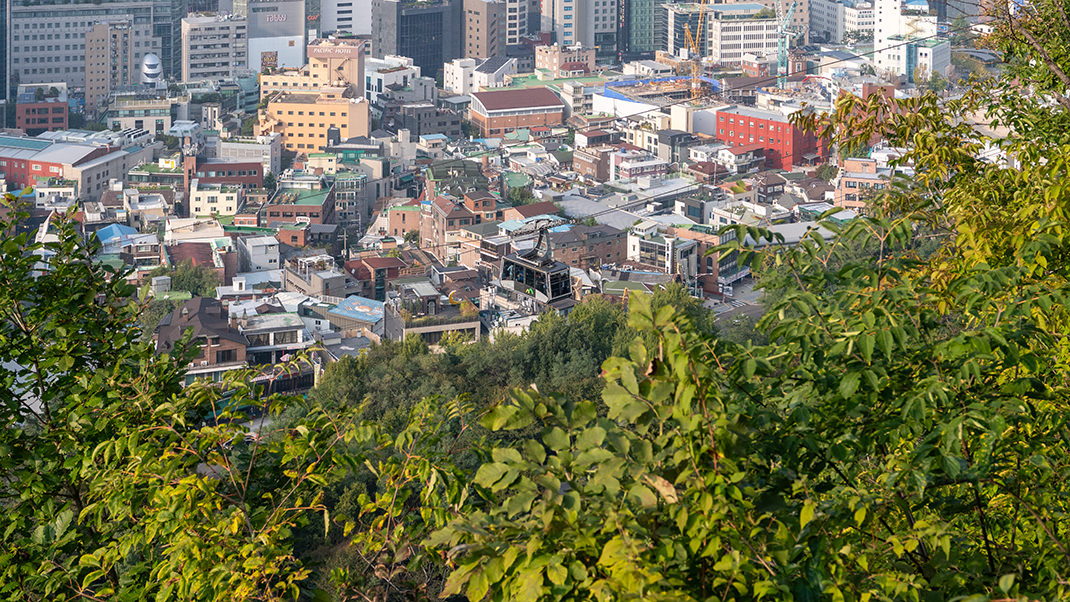
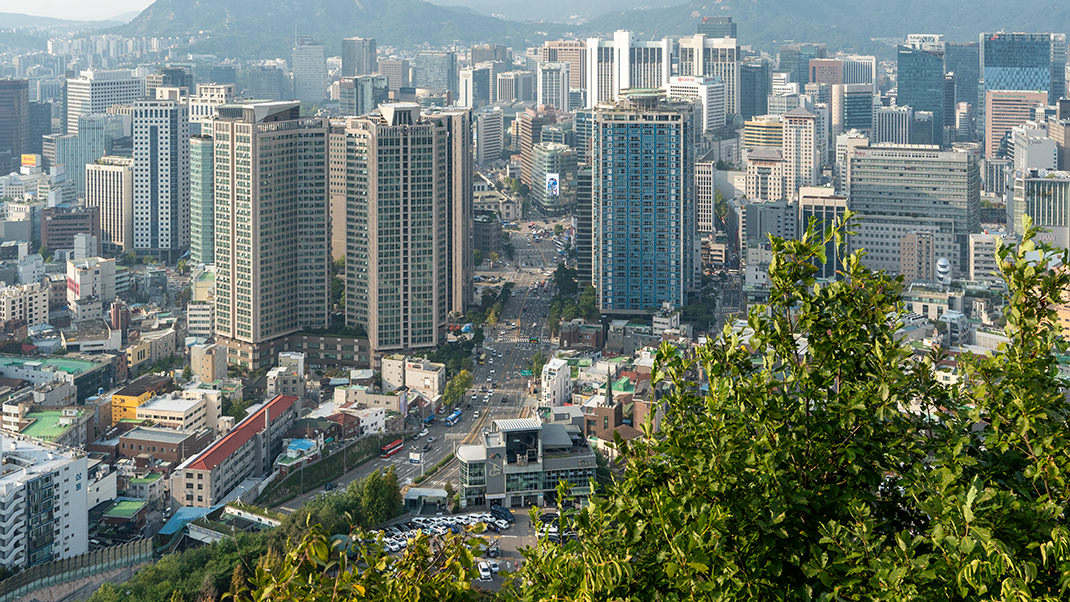
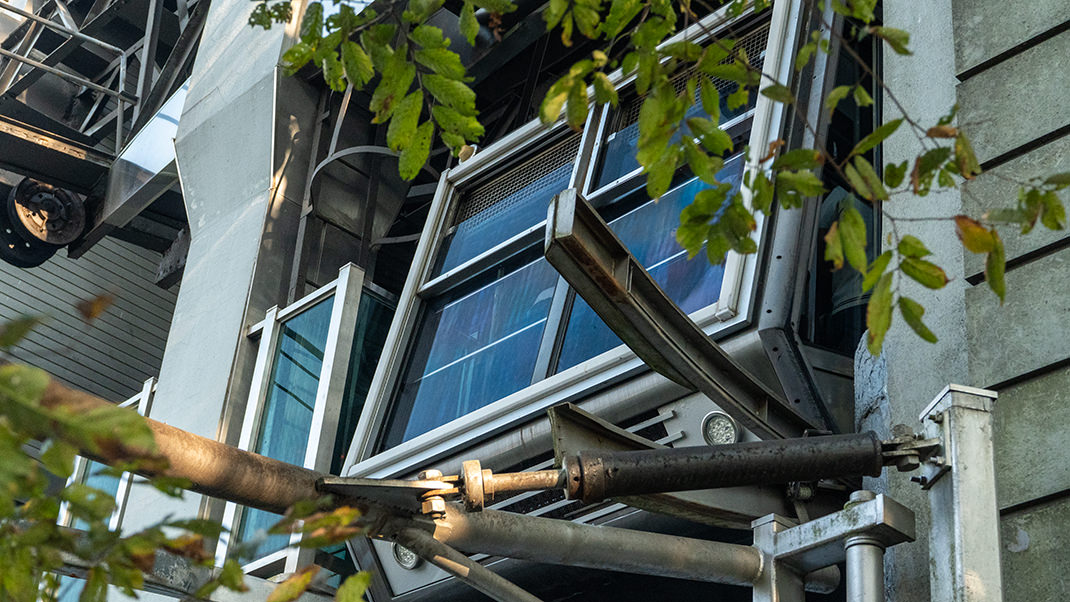

How to Get There
Like me, you can walk up to the tower. Use the Naver Map app to plan your walk and navigate — apps like Google Maps don’t build pedestrian routes properly in Seoul.
If you're taking the bus, look for routes 01A and 01B — their stops are located near Chungmuro Station (Exit 2) and Dongguk University Station (Exit 6).
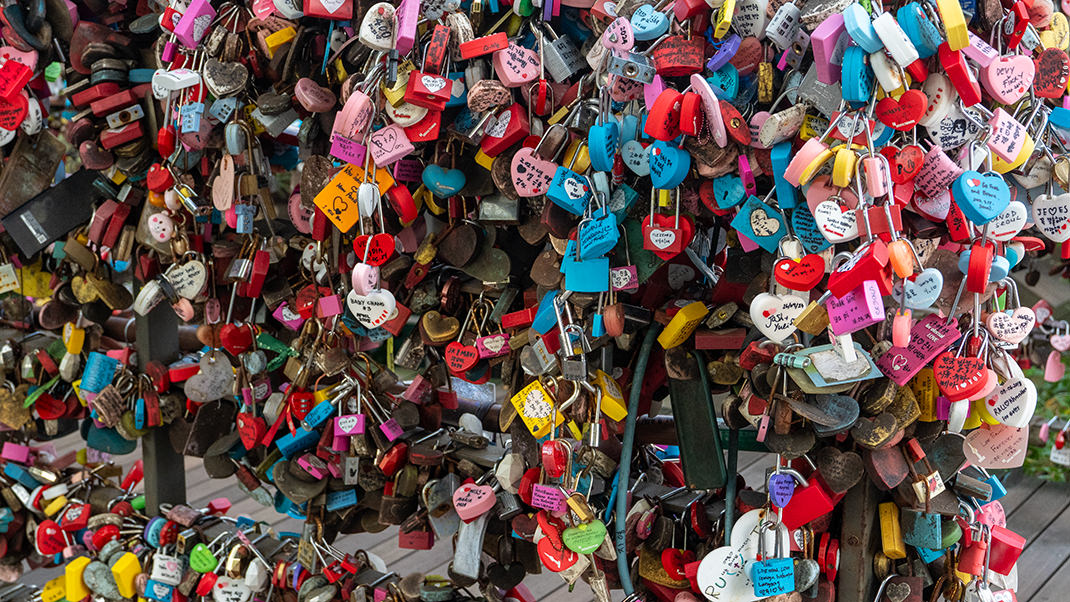
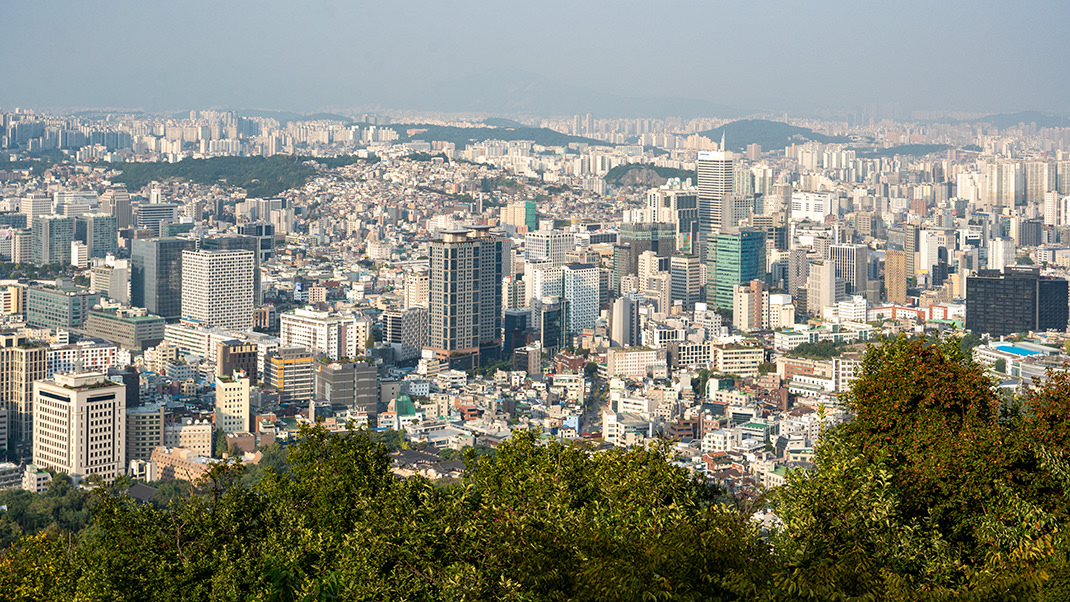
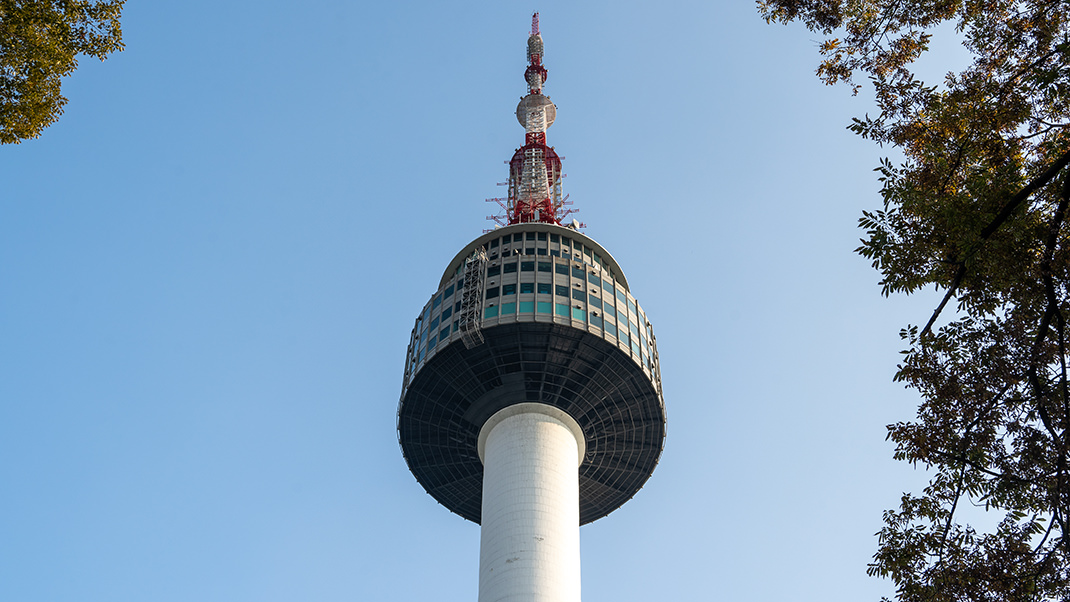
On the way back, I descended on the other side of Namsan and walked to the Leeum Art Museum, which I’ll write about next time.
Have a nice trip!


